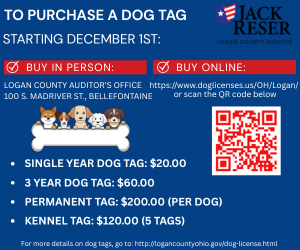You’ve heard of COVID and the flu, but what about RSV? We sat down with Breanna Detrick, Certified Nurse Practitioner and Assistant Medical Officer, with Community Health & Wellness to find out more about the respiratory syncytial virus.
What is RSV?
Detrick: It’s a common respiratory virus, that’s been around for a long time. It’s typically found in younger kids, those under 5, or older people over 65.
Why does it target those age groups?
Detrick: It targets those with lessened immune systems. The older we get the less our immune system gets and those younger haven’t fully developed yet.
Have there been any cases in Logan County?
Detrick: There has been. RSV is common every year. The peak is in late December to February, but since COVID we’ve seen a shift in some viruses and so now we’re seeing a peak in November. It’s early in the season for this. We’re seeing an increase in hospitalizations of the kids. Those under 2 are becoming sicker and so that’s why we’re seeing this peak.
Why is RSV surging?
Detrick: Part of it is we have three different viruses circulating around. We have COVID, RSV, and the flu all at the same time. We’re seeing a lot of sick kids and that’s the reason you’re hearing more about RSV.
How is it treated?
Detrick: There’s no specific treatment for RSV. Mostly it’s supportive care. Ibuprofen, Tylenol, and things that help you feel better are the items to use. Where we get into trouble is kids who have respiratory distress or trouble breathing and they need extra oxygen support. The kids being hospitalized are the kids that need more oxygen.
What are some things we can do to help prevent RSV?
Detrick: Like any other virus make sure you wash your hands. If you are sick, stay home. If you know others are sick stay away from them.
Detrick also stresses recognizing signs of distress. Most people can get over this, but little children can get hit hard. Signs of distress would be an increase in respiratory where it looks like they are breathing more than normal, signs of sleep apnea, nasal flaring, and blueness around the lips. If you see these items seek medical care immediately.
Most adults recover from RSV within two weeks. Each year 58,000 children younger than 5 are hospitalized because of RSV infection.















